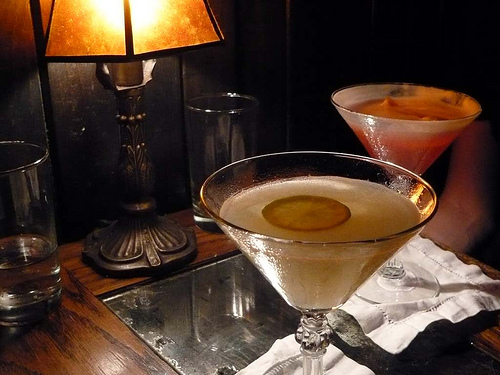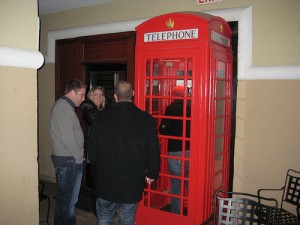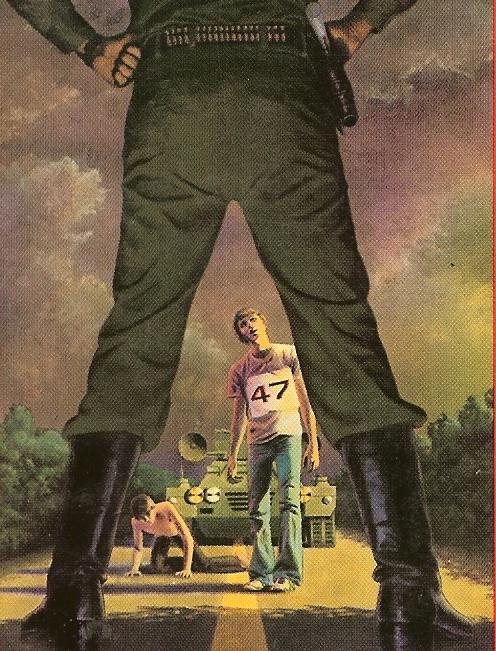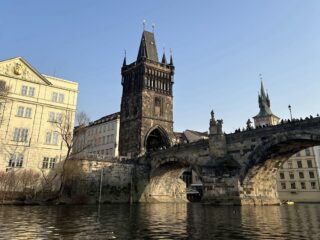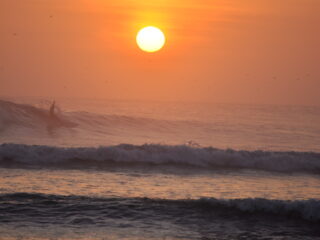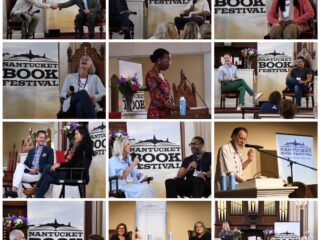By Amanda Festa
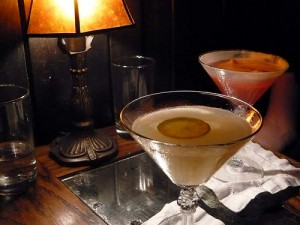 Speakeasies flourished during that dark period of Prohibition when it was illegal to sell, manufacture, or transport alcohol. The term “speakeasy” is most often associated with those infamous years of covert decadence, but in reality its origin goes back much further. The earliest speakeasies originated in the 1800s, as underground establishments that were kept on the down low, requiring entrants to “speak easy.” (It appears ‘Keep-Your-Mouth-Shut’ didn’t have the same ring to it.)
Speakeasies flourished during that dark period of Prohibition when it was illegal to sell, manufacture, or transport alcohol. The term “speakeasy” is most often associated with those infamous years of covert decadence, but in reality its origin goes back much further. The earliest speakeasies originated in the 1800s, as underground establishments that were kept on the down low, requiring entrants to “speak easy.” (It appears ‘Keep-Your-Mouth-Shut’ didn’t have the same ring to it.)
The 1920s are most often fetishized as an era of seedy glamour — dimly-lit, smoky rooms, jazz music and girls showing a little more knee than was previously acceptable. On the other hand, it seems odd that we romanticize a time when people were forced to congregate in windowless basement rooms drinking gin distilled in a bathtub. Yet, I do. And if the nightlife scene of recent history is any indication, I am not alone. There has been a fascinating resurgence in Prohibition speakeasy culture with bars and lounges modeled after the iconic 20s watering holes popping up throughout the country in the recent years.
While their authentic Prohibition-era predecessors required clientele to have discretion, the new take on the speakeasy may have all the bells and whistles, err, back alley entrances and secret passwords, of old, but they are clearly creations of the modern day, complete with websites, Facebook pages, and Yelp reviews.
While one can still visit the remnants of the real thing if you look hard enough, these originals should not be confused with their modern counterparts – shiny new establishments that pay homage to their illegal predecessors with passwords shared on Twitter feeds and faux-shady entrances designed for the sake of novelty alone.
Many of these establishments have similar rules, differentiating them from other contemporary lounges and adding to their cool, jazz age ambiance. No cell phones and no photography are refreshing policies that must be adhered to. Please take all iPhone self photographs and Instagram them for that daguerreotype flair before you join me on a tour across the country (and back in time) for a look at the modern take on the modernist favorite.
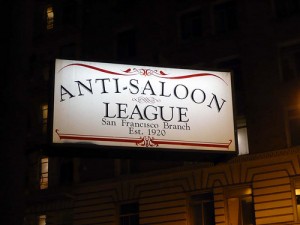 Bourbon & Branch — San Francisco, CA
Bourbon & Branch — San Francisco, CA
A sign on a San Francisco street corner reading “Anti-Saloon League” marks the entrance to this modern day speakeasy, which proudly stands on the location of one of the 1920s originals. The main dining area of Bourbon & Branch requires you to make a reservation and attain a password that will gain you entry. You can enjoy a drink without a reservation in their “Library” bar by passing through a secret bookcase (I’m sold). For entry, use the password “books” and hark back to a day when passwords didn’t require a capital letter, a number, a non-numeric symbol, and a drop of your blood. If you haven’t had your fill, continue on to Wilson and Wilson Private Detective Agency, a meta speakeasy within a speakeasy located behind a liquor shelf in Bourbon & Branch.
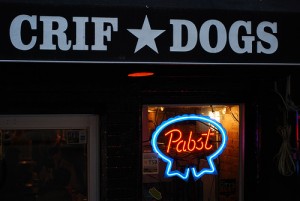 PDT (Please Don’t Tell) — New York, NY
PDT (Please Don’t Tell) — New York, NY
PDT opened in 2007 and is one of the first and most well known of the modern speakeasies — hardly staying true to its nomenclature of anonymity. Yet, the entrance to this trendy Big Apple nightspot is so secretive, bootleggers would have been jealous. It is located inside an East Village Crif Dogs, a hot dog joint that loses a few customers to the old-fashioned phone booth in the back corner, where after picking up the receiver and pressing a buzzer you are let into the nightspot through a hidden door. If you have to make a phone call you are out of luck, but if you want a couple covert cocktails, PDT has your number.
Williams & Graham — Denver, CO
Located in the LoHi neighborhood of Denver, Williams & Graham appears to be a very quaint (read: tiny) bookstore. While the thought of a cozy independent bookstore would be enough to attract the Colorado based bibliophile, don’t be too quick to judge a book by its cover. The bookstore, while mostly the front for an unmarked bar, boasts a themed book selection, which includes guides to cocktails and classic works by libation-loving authors like Hemingway, who would probably laugh at our nostalgia for the long, dry years of Prohibition. Upon entering Williams & Graham an employee will write your name on a card, file it away and lead you to a large bookcase that doubles as an entrance to the dark prohibition-styled lounge. The barroom is dark and warm with laid-back ambiance and you can enjoy a tasty beverage straight up, without all that pesky temperance.
A busy retail shopping development isn’t where you would typically think of finding a discreet drinking establishment, yet Prohibition is hiding in plain site, if you will. Like PDT, Prohibition also uses a phone booth as a covert entryway. The red, London style phone booth contains an old school rotary phone. If you remember how to use a rotary phone, dial a secret set of digits and a hidden door opens up giving entry into the bar. The dimly-lit lounge is one large room, where drinkers can mingle or recline on deep couches in a pleasant mix of 1920s ambiance and the wafting fragrance of cigar smoke. Send that attractive stranger a highball and recite a line from Hemingway or Fitzgerald for good measure.
But, remember, you didn’t hear it from us…

